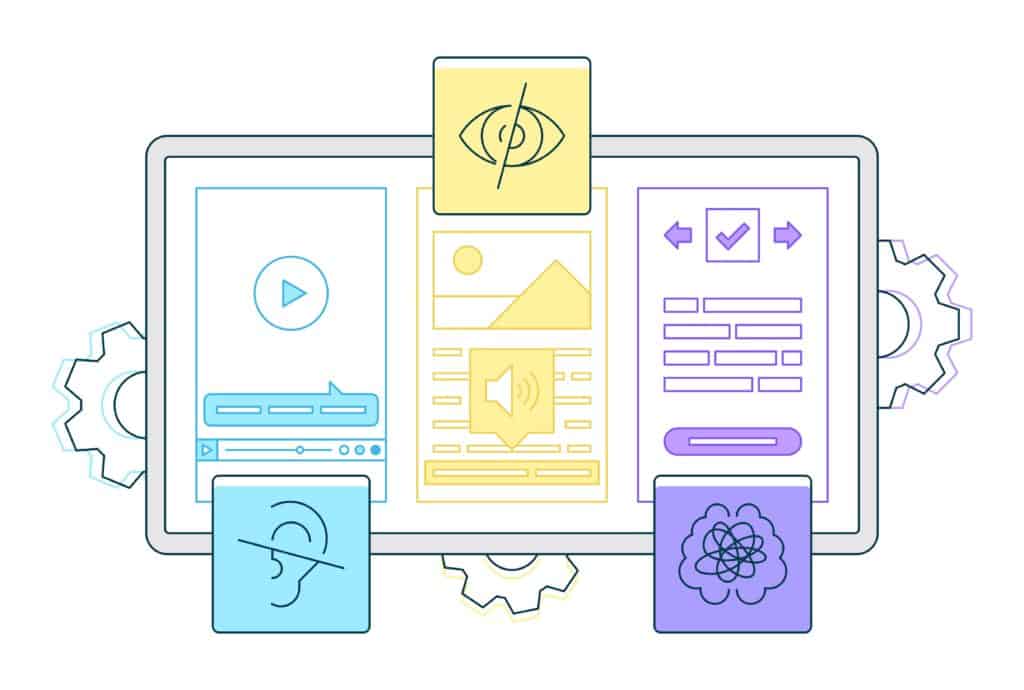Creating a website that is accessible to users with disabilities is an important aspect of website development. It ensures that everyone, regardless of their abilities, can access and use the website. This is especially important for WordPress websites, as they are widely used to create a variety of different types of websites.
One of the key elements of creating an accessible website is using proper semantic markup. This means using the correct HTML tags to indicate the different types of content on the website, such as headings, paragraphs, lists, and images. This helps assistive technology, such as screen readers, to understand the website’s structure and content.
Another important aspect of accessibility is providing alternative text (alt text) for images. Alt text is a short description of an image that is displayed when the image cannot be loaded or when a screen reader is used. This helps users who are visually impaired to understand the content of the image.
It’s also important to consider the website’s color contrast and font size. This helps users with visual impairments to read the content easily. There are several online tools like the WebAIM Contrast Checker that can help you check the color contrast and ensure it meets the accessibility standards.
Additionally, it’s important to make sure that the website’s navigation is easy to use for keyboard users. This means making sure that all links and buttons can be accessed using the keyboard, and that there is a clear focus indicator when using the keyboard to navigate the website.
In WordPress, there are several accessibility plugins that can help you with these tasks such as Accessible Poetry, WAVE, and Accessibility Checker. These plugins can help you with tasks such as generating alternative text for images, checking color contrast, and checking for accessibility issues in the website.
In conclusion, creating a website that is accessible to users with disabilities is an important aspect of website development. By using proper semantic markup, providing alternative text for images, considering color contrast and font size, and making sure the website’s navigation is easy to use for keyboard users, you can help ensure that your client’s website is accessible to everyone.
